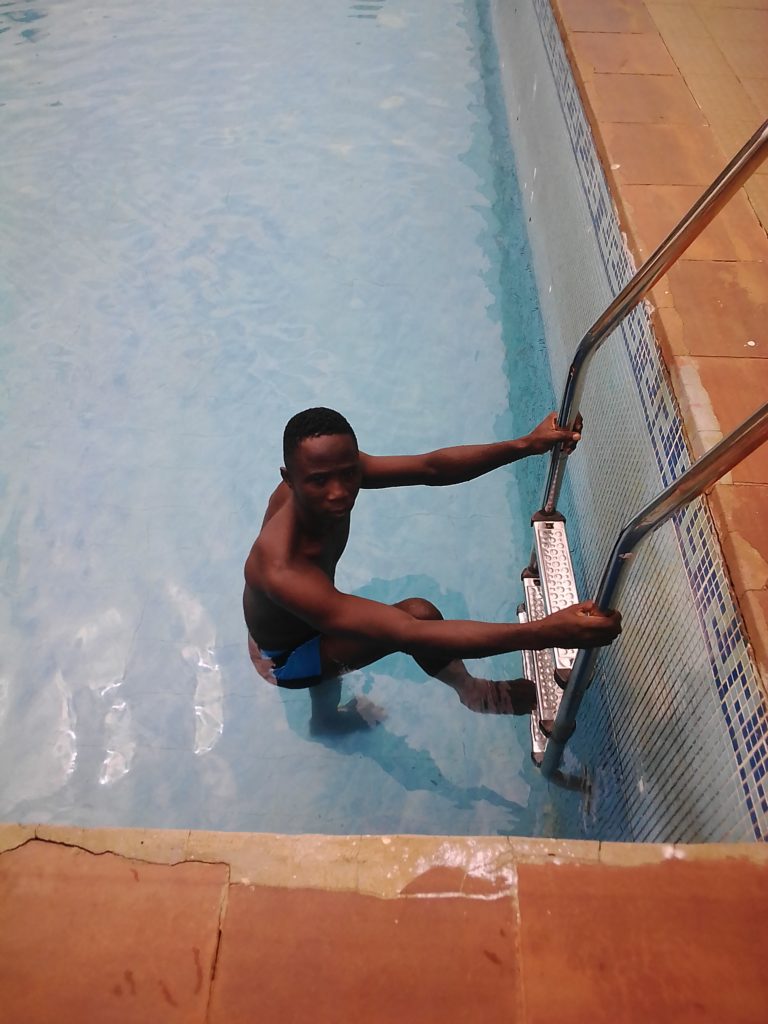
What is Swimming?
Swimming is a water-based sport that takes place in a pool or in open water, such as a lake or river. The swimmer travels through the water using one of a number of swimming styles, called strokes. In competitions, swimmers race each other over a set distance using a particular stroke.
Freestyle
[vplayer id=552] [vplayer id=560]
Butterfly Stroke
[vplayer id=563]
How is swimming good for children?
Splashing around in the pool appeals to many youngsters. While spending time in the water is often enjoyable, it has other benefits too. Explore the positives of swimming to learn how your children will profit in the short and long term from learning water safety and swim strokes.
Exercise for Health
Swimming provides an effective opportunity for exercise for people of all ages. Swimming exercise involves cardiovascular activity, which enhances both heart and lung condition. Swimming also increases strength, endurance, flexibility and balance, thanks to the activity and movements involved in swim strokes. Children who engage in regular swimming activity might avoid health issues associated with childhood obesity, including diabetes.
What are the benefits of swimming for Children?
Teaching your child to swim and encouraging them to swim regularly can have significant benefits for both his or her health and safety. Especially on a hot day, swimming is a way to keep cool while encouraging a healthy level of physical and social activity.
Emotional Health
Encouraging your child to swim can also improve their mental and emotional health. The natural buoyancy of the water is more relaxing than other types of exercise. In addition, the CDC found that people tend to exercise for longer periods of time while swimming. Swimming can also improve overall mood, and help combat depression, notes the CDC.
Physical Health
Swimming is an excellent cardiovascular workout that promotes heart and lung health, improves strength and flexibility, increases stamina and even improves balance and posture. In addition, swimming is a way to prevent childhood obesity, which has been linked to juvenile diabetes, notes the Centers for Disease Control and Prevention. Swimming also puts less strain on joints and connective tissues than other forms of exercise.
Underwater Breathing
[vplayer id=554]
Water Balancing & Leg Action
[vplayer id=566]
Underwater Swimming
[vplayer id=571]
Safety
Drowning is the second leading cause of death for people between the ages of 5 and 24. By teaching your child to swim, he/she will not only become a stronger swimmer but also gain valuable experience in the water. This experience greatly reduces the risk of an emergency if your child accidentally falls in an unguarded pool or gets pulled into deep water by a rip current at the beach. Secrets to Tread usually the first thing you learn when you start swimming lessons, and it could be the one thing that saves your life if you are ever stuck in deep water for any length of time. Water treading is a technique used to keep your body afloat and your head above the surface so you can breathe. Conserving energy and staying calm are key factors when water treading .
Relaxation
When you are water treading in any situation, you need to remain as relaxed as possible. Anxiety will cause your muscles to tense up and could cause cramping or hinder your technique. As long as your head is comfortably above water, breathe deeply and evenly and you will be able to maintain your position for much longer.
























